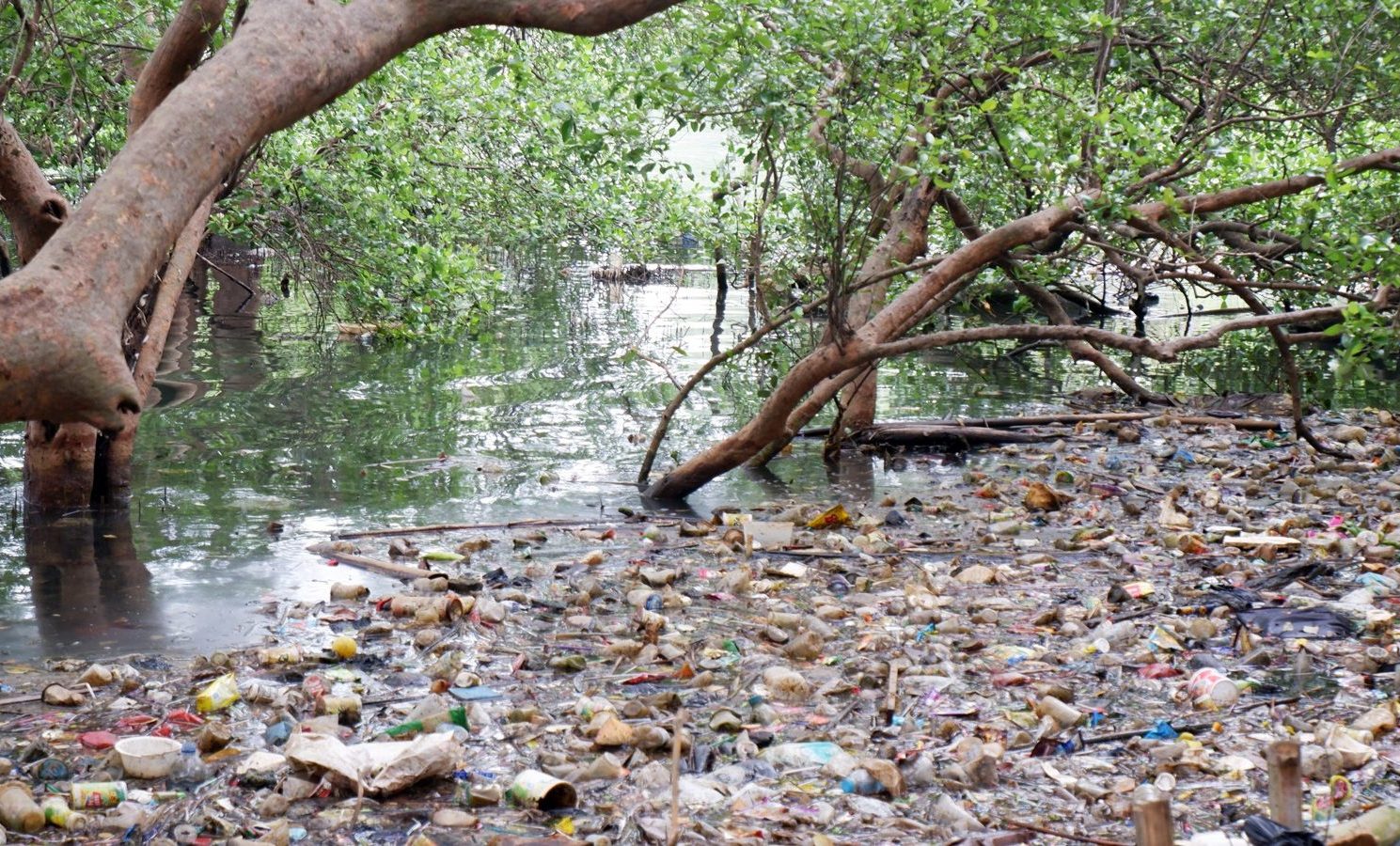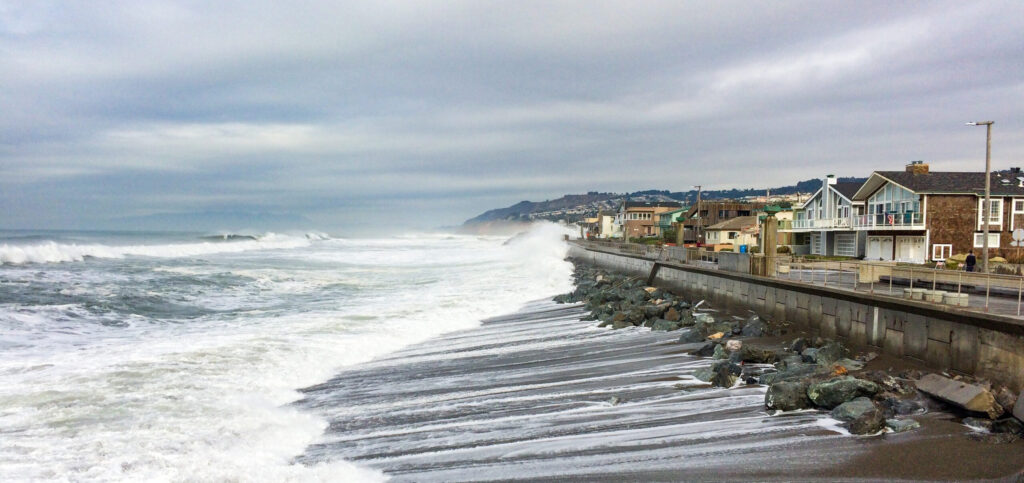Plastic pollution in the Philippines is spiralling out of control, with far-reaching impacts on communities, ecosystems and the economy. As one of the world’s top contributors to ocean plastic waste, the Philippines is at the forefront of a global challenge that threatens both local and international sustainability.
The Philippines contributes approximately 36% of the world’s ocean plastic, impacting not only its own shores but also international waters and ecosystems. With the possibility that by 2050, there could be more plastic in the ocean than fish, addressing this plastic pollution problem is urgent on both national and international levels.
Assessing Ocean Plastic Pollution in the Philippines
The Philippines generates over 2.7 million tonnes of plastic wastes annually, with 20% of that waste entering the ocean. This alarming figure makes the Philippines the world’s top ocean plastic polluter, producing nearly three times more than the second-closest country.

Furthermore, rivers act as a major conduit for plastic waste, which is highlighted by the fact that seven of the world’s top 10 plastic-polluting rivers are in the Philippines.
Sources of Pollution
The primary sources of plastic pollution in the Philippines include urban runoff, improper waste disposal and inadequate waste collection. A significant portion of plastic waste is generated by households and businesses in metropolitan areas like Manila, where waste management infrastructure is often insufficient. For instance, only 33% of the country’s waste is managed correctly through collection and disposal, while the rest ends up in landfills or the ocean.
How Does Plastic Pollution Affect the Environment?
Ecological Impact – Mistaking Plastic Debris for Food
Marine plastic waste poses a dire threat to marine environment and ecosystems. Marine animals often mistake plastic debris for food, leading to ingestion, starvation and death. Additionally, mangrove forests and coral reefs, both of which are critical for coastal protection and nursery grounds for many fish species, are increasingly filled with plastic packaging waste. This pollution reduces their ability to reproduce, support marine life and protect against erosion.
The Human Toll of Plastic Waste
The impact also extends to humans, which are increasingly at economic and health risks due to ocean plastic waste.
Coastal Communities
Plastic pollution particularly affects coastal communities, where livelihoods depend on fishing and tourism. The presence of plastic waste on beaches and in the water can lead to reduced fish stocks and a decline in tourism, both of which are critical sources of income for these communities.
Health Impacts
Microplastics are found in most fish in the Philippines. With a per capita consumption of 40 kg of fish per year, this poses a significant health risk to the population. The ingestion of microplastics can lead to exposure to toxic chemicals, which may cause long-term health issues, such as cancer and hormonal disruption.
Economic Losses
The economic cost of plastic pollution in the Philippines is estimated to be over USD 1.2 billion annually. This primarily results from its impact on fisheries, clean-up operations and losses in tourism. The burden of these costs is often borne by local governments and communities, further straining already limited resources.
What’s Behind the Philippines’ Plastic Pollution Crisis?
The plastic waste issue in the Philippines results from a complex mix of inadequate waste management, consumer behaviour and economic and policy challenges. Less than half of the country’s plastic waste enters sanitary landfills, with the rest ending up in open dumpsites, rivers and the ocean. This problem is exacerbated by a widespread reliance on single-use plastics like sachets, bags and bottles. With over 164 million sachets, 48 million shopping bags and 45 million thin plastic films bags used daily, the scale of disposable plastic consumption is staggering.

Economic factors like poverty and limited infrastructure further complicate the issue. Many communities lack access to proper waste disposal and recycling facilities, while the informal waste sector struggles to manage the sheer volume of plastic waste. Policy gaps also contribute to the crisis. Although there are laws regulating plastic use and waste management, enforcement is weak, and there is little incentive for businesses and consumer goods companies to reduce plastic production or invest in sustainable alternatives.
Moreover, the country’s unique geography of over 7,600 islands poses logistical challenges for waste management, especially in remote areas. During the monsoon season, heavy rains and flooding wash large amounts of plastic waste from urban areas into rivers and, eventually, the ocean. The Pasig River, for instance, alone dumps almost 63,000 tonnes of plastic waste into Manila Bay each year, making it one of the most polluted waterways in the world.

How Do We Fix This?
1. Policy Reforms
To effectively tackle plastic pollution problems, the Philippines needs stricter regulations on single-use plastics, and incentives for businesses to adopt sustainable packaging alternatives. Policies like extended producer responsibility (EPR) can hold companies accountable for the life cycle of their products.
2. Waste Management – Recycling and Materials Sustainability
Investing in waste management infrastructure and waste disposal facilities, including improved waste collection services and recycling facilities, is essential. Local governments and private companies must work together to develop comprehensive waste management strategies to accommodate the country’s growing population.
3. Circular Economy
Adopting a circular economy approach, which focuses on reducing waste through sustainable production and consumption, can significantly reduce plastic pollution in the Philippines. Encouraging businesses to design products with longer life spans and recyclability in mind is a critical step.
4. Clean-up Initiatives
Community-led clean-up efforts, such as the rice-for-trash program, play a vital role in removing plastic waste from the environment. These initiatives not only help reduce pollution but also raise public awareness about the severity of the issue.
5. Education and Awareness
Public education campaigns are crucial in changing consumer behaviour. The use of plastic bags is a major environmental issue. By increasing awareness about the impact of plastic pollution and promoting sustainable alternatives, communities see the value in making more environmentally friendly choices.
6. Collaboration
Collaboration between the government, private sector, NGOs and communities is essential to develop comprehensive and sustainable solutions. Initiatives like the ASEAN Regional Action Plan for Combatting Marine Debris are examples of how regional cooperation can make a significant impact.
Investing in a Sustainable Future for the Philippines
Addressing plastic pollution in the Philippines is crucial for environmental health and offers significant financial and public health benefits. For example, improved recycling systems could add USD 1.3 billion in economic material value. Additionally, protecting mangroves and coral reefs can be an effective form of ecosystem-based climate adaptation for coastal communities.
By taking decisive action now, the Philippines can pave the way for a sustainable future that benefits both people and the planet.
Eric Koons
Writer, United States
Eric is a passionate environmental advocate that believes renewable energy is a key piece in meeting the world’s growing energy demands. He received an environmental science degree from the University of California and has worked to promote environmentally and socially sustainable practices since. Eric has worked with leading environmental organisations, such as World Resources Institute and Hitachi ABB Power Grids.
Eric is a passionate environmental advocate that believes renewable energy is a key piece in meeting the world’s growing energy demands. He received an environmental science degree from the University of California and has worked to promote environmentally and socially sustainable practices since. Eric has worked with leading environmental organisations, such as World Resources Institute and Hitachi ABB Power Grids.
















